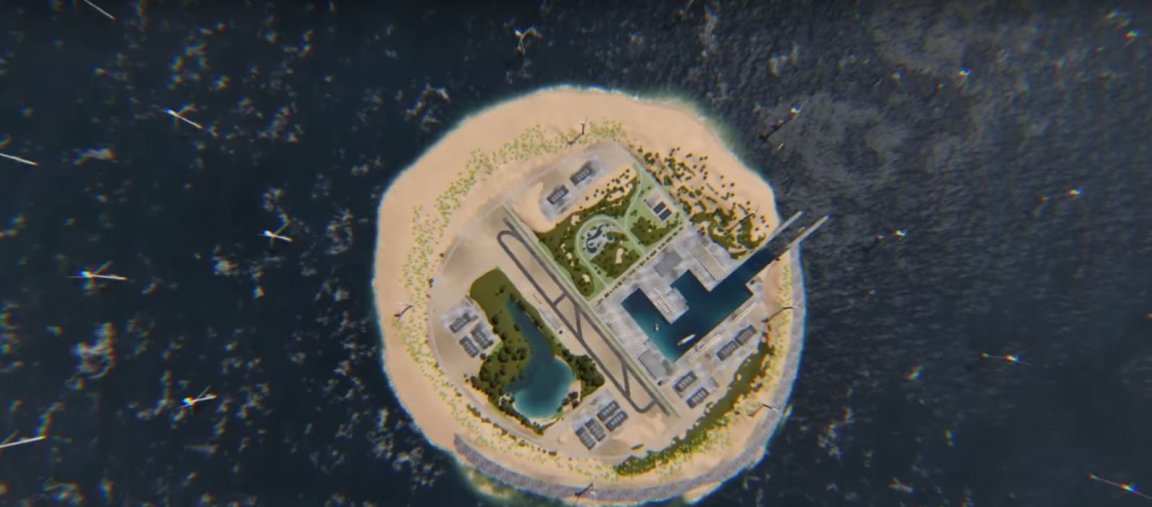
An Energy Island
The winds of change are blowing towards renewable energy, and nations are becoming increasingly more creative in how they can capitalize on the growing trend. At present, the most popular sources of renewable energy come from either solar or wind. Both, however, require tracts of land for their infrastructure. With real estate for wind farms becoming increasingly expensive and scarce, Dutch power grid and energy network operator TenneT wants to build wind turbines on the sea.
Well, not on water per se: rather, on shallow areas in a region in the North Sea called the Dogger Bank. Located some 125 km (78 miles) off the East Yorkshire coast, Dogger Bank is supposedly a windy enough site, allowing the company to optimize wind energy generation.
The Dogger Bank project is effectively what’s called an offshore wind farm, but what makes this project radical is the artificial island built in the middle. This would serve as a hub for the vast offshore farm, expected to be even bigger in scale than the current largest windfarm in Gansu, China. TenneT expects the Dogger Bank project to be able to handle a capacity of 30GW.

What’s more, TenneT’s proposed project might give wind energy a necessary push towards continuing to lower the price of wind energy.
“It’s crucial for industry to continue with the cost reduction path,” Rob van der Hage, TenneT’s offshore wind grid development program manager, told The Guardian. “The big challenge we are facing towards 2030 and 2050 is onshore wind is hampered by local opposition and nearshore is nearly full. It’s logical we are looking at areas further offshore.”
Wind Farm Island Hub
The Dogger Bank project isn’t the first to propose building far-offshore wind farms. A similar plan has been unveiled for the U.K. by the largest energy company in Denmark. Scotland, meanwhile, recently opened the world’s first floating wind farm. Where TenneT’s proposed project differs is in how it plans to manage the energy generated by the farm.
The wind farm island hub would collect energy from the wind turbines through short cables. Converters would then turn the electricity into direct current, so as not to lose power over the long distance travel towards the Netherlands and the United Kingdom, and later on perhaps even to Germany, Denmark, Belgium, and Norway.
The long-distance cables would also allow electricity to travel to whichever country needed it most at any given time. This setup makes sure that energy generation is consistent and cost-effective, and that nothing would be wasted.
“Is it difficult? In the Netherlands, when we see a piece of water we want to build islands or land. We’ve been doing that for centuries. That is not the biggest challenge,” van der Hage told The Guardian.
Building the artificial island and the hundreds of wind turbines for the project would be a burden shared by Tennet with offshore wind farm developers like Denmark’s Ørsted and Germany’s Innogy. Tennet would shoulder some $1.8 billion (€1.5 billion) to build the island.